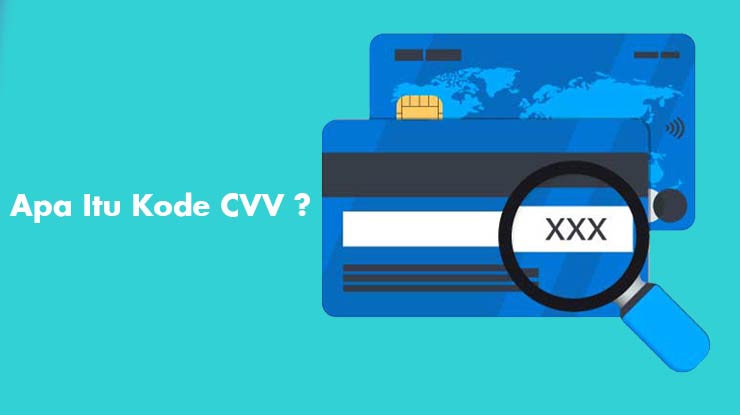By taking proactive measures and staying informed, individuals can fortify their defenses against such threats, contributing to a safer and more secure digital environment for all. Conclusion: The sale of PayPal and bank logins on the internet is a grave form of cybercrime that threatens financial security and personal privacy. Understanding the motivations behind these fraudulent activities underscores the importance of robust cybersecurity practices, consumer education, and collaboration among financial institutions and law enforcement agencies.
Phishing emails, deceptive phone calls, and impersonation are some of the tactics they employ. Social Engineering: Thief hackers are adept at exploiting human psychology to manipulate victims into divulging confidential information. Remember, a combination of digital awareness, cautious behavior, and preparedness can go a long way in protecting yourself from the threats posed by thief hackers. By understanding their methods, motivations, and adopting proactive cybersecurity measures, you can better safeguard yourself against their malicious activities.
Thief hackers represent a concerning blend of traditional theft and digital intrusion, posing a unique challenge to individuals and organizations alike. Conclusion: As technology continues to evolve, so does the criminal landscape. Black Market Demand: A thriving underground market exists for stolen PayPal and bank credentials. Other cybercriminals seek these credentials to facilitate money laundering, fraudulent transactions, and other illicit financial activities.
Their goal is to obtain valuable assets that they can quickly convert into money. This might include stolen credit card information, personal data for identity theft, or even intellectual property that can be sold to the highest bidder. Motivations Behind Thief Hacking: Thief hackers are primarily driven by financial gain. Micro-Purchases: Fraudsters often make a series of small, inconspicuous purchases just below the temporary authorization threshold.
This makes it less likely that the cardholder will be alerted to the activity. They might physically break into locations to steal devices, documents, or other assets that can be monetized. Physical Break-ins: Unlike pure hackers, thief hackers often complement their digital prowess with physical theft. In conclusion, the world of hacking is a complex landscape with both positive and negative implications.
 As technology continues to evolve, ethical hacking and responsible cybersecurity practices are essential in maintaining a safe and secure digital environment for individuals, businesses, and society as a whole. Ethical hacking plays a crucial role in improving cybersecurity and fostering innovation, while malicious hacking poses significant risks to privacy, finances, and digital infrastructure.
As technology continues to evolve, ethical hacking and responsible cybersecurity practices are essential in maintaining a safe and secure digital environment for individuals, businesses, and society as a whole. Ethical hacking plays a crucial role in improving cybersecurity and fostering innovation, while malicious hacking poses significant risks to privacy, finances, and digital infrastructure.
Should you have just about any concerns with regards to in which and also the way to utilize Feshop2017.Us, you possibly can call us from the internet site.

